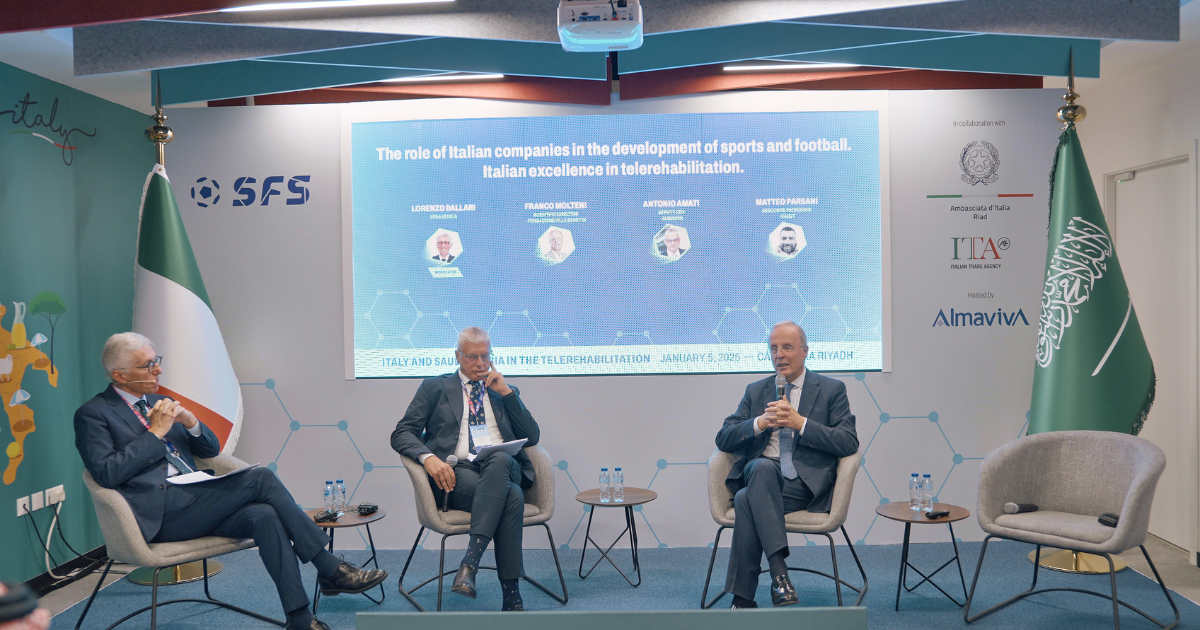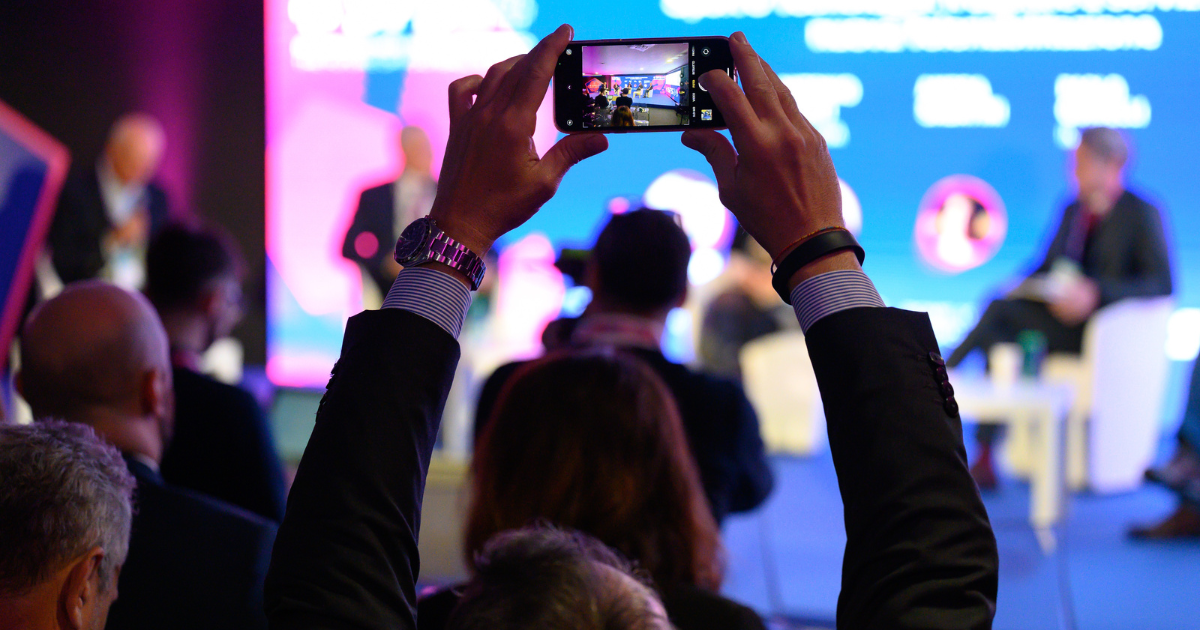Medicine and technology are rapidly evolving, bringing new opportunities to improve the lives of people, particularly those facing physical disabilities. An important area of development involves the use of biosensors and artificial intelligence (AI) for the personalization and enhancement of rehabilitation, both for athletes and individuals with neurological injuries.
Recently, Professor Franco Molteni highlighted how innovative technologies can be used to train cognitive and physical abilities, such as self-control, which is essential for athletes during crucial moments in a competition. Studying eye movement, for example, can provide vital information about emotional control and stress management, factors that influence athletic performance and overall quality of life.
In the rehabilitation field, the integration of wearable exoskeletons, which allow individuals with spinal cord injuries to walk, represents one of the most advanced frontiers. These devices, together with telemedicine, could radically transform the healthcare landscape. With the integration of advanced technologies such as biosensors, experts can monitor and analyze real-time data, thereby improving treatments and accelerating recovery.
Matteo Palzani, an aerospace engineer who suffered a severe accident in 2017, recently shared his experience with wearable sensors used to monitor vital signs and physical exertion during rehabilitation. He emphasized the importance of collecting and analyzing data from these devices to optimize treatments and ensure patients receive the most targeted care. Tele-rehabilitation, in particular, provides continuity in treatment, keeping patients connected with their doctors regardless of their geographical location.
Another key aspect of this progress is the internationalization of research and technological applications. In particular, the collaboration between Italy and Saudi Arabia is becoming increasingly strong, with significant projects aimed at developing innovative rehabilitation solutions. Antonio Amati of Almaviva emphasized how digital healthcare, including tele-rehabilitation, can revolutionize healthcare by making the home the primary place of care.
This approach not only facilitates physical recovery but also promotes psychological well-being, allowing individuals to maintain connections with their loved ones and an active social life. The hope is that, through continued investment in digital technologies, future medicine will not only heal but also rehabilitate, restoring dignity to all those affected by physical or neurological disabilities.
Italy is playing a key role in this process, with numerous projects involving public and private institutions, such as the Politecnico di Milano, working closely with experts in biotechnology and rehabilitation. These advancements remind us of how technology, when used in a humane and precise manner, can truly make a difference, bringing innovation and hope into the lives of many people.
Technological innovation and rehabilitation: the synergy between biosensors, artificial intelligence and telemedicine
Medicine and technology are rapidly evolving, bringing new opportunities to improve the lives of people, particularly those facing physical disabilities. An important area of development involves the use of biosensors and artificial intelligence (AI) for the personalization and enhancement of rehabilitation, both for athletes and individuals with neurological injuries. Recently, Professor Franco Molteni highlighted how innovative technologies can be used to train cognitive and physical abilities, such as self-control, which is essential for athletes during crucial moments in a competition. Studying eye movement,
Telerehabilitation and Innovation: The Future of Sports Recovery with Digital Technology
On January 5, 2025, within Almaviva's space at Casa Italia (Localizer Mall Gate 2/3, Riyadh), the event "Italy and Saudi Arabia in the Telerehabilitation: Innovation, Exchange and Growth of the Industry" will take place. Organized by SFS in collaboration with the Italian Embassy in Riyadh and the Italian Trade Agency, the event will highlight advancements in telerehabilitation. Among the key speakers in the panel "The Role of Italian Companies in the Development of Sports and Football: Italian Excellence in Telerehabilitation," Dr. Franco Molteni,
Italy and Saudi Arabia in Telerehabilitation: Innovation, Exchange, and Industry Growth
The role of digital innovation in healthcare is rapidly growing, and on January 5, 2025, Riyadh will host a pivotal event dedicated to the future of telerehabilitation. Organized by SFS in collaboration with ICE – Italian Trade Agency and the Embassy of Italy in Riyadh, the event will take place at Casa Italia Riyadh (Localizer Mall, Al Olaya), hosted by Almaviva. It represents a unique opportunity to explore innovative ideas and collaborations between Italy and Saudi Arabia in the field of
New frontiers of rehabilitation: technology at the service of recovery
Technology transforming human biology. This was the central theme of the panel titled: "Sport & Technology: Digital Advancements in Tele-Rehabilitation", featuring esteemed professionals in the field such as Antonio Amati, General Manager of IT at Almaviva; Franco Molteni, Scientific Director of Villa Beretta; and Paolo Guidelli, Central Director at INAIL. Also in attendance was Paralympic athlete Ambra Sabatini, gold medalist at Tokyo 2020 and current world record holder. Journalist Massimo Caputi, acting as moderator, steered the discussion around the development of
Sport & Technology: the digital tools for a new era of Tele-rehabilitation
INAIL, AlmavivA, and the Villa Beretta Foundation to speak at the Social Football Summit on the critical intersection of Sports and Digital Evolution, focusing on Telemedicine and its practical implications Post-operative physical rehabilitation is one of the primary challenges athletes face following a physical injury or trauma. For athletes, injuries often lead to a crossroads filled with fears and concerns about their career prospects: Is this the end? Will I ever be the same? Unfortunately, many professional athletes have seen their careers







